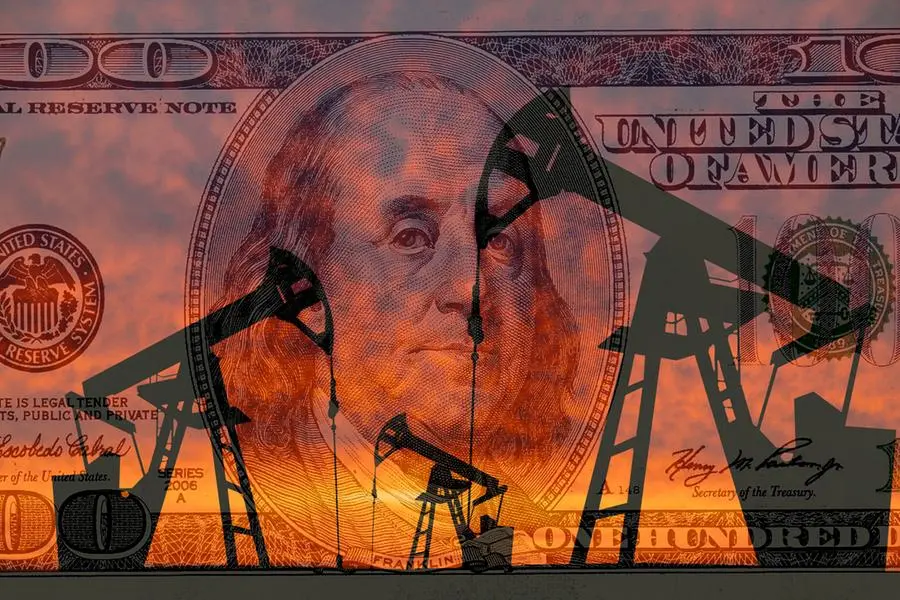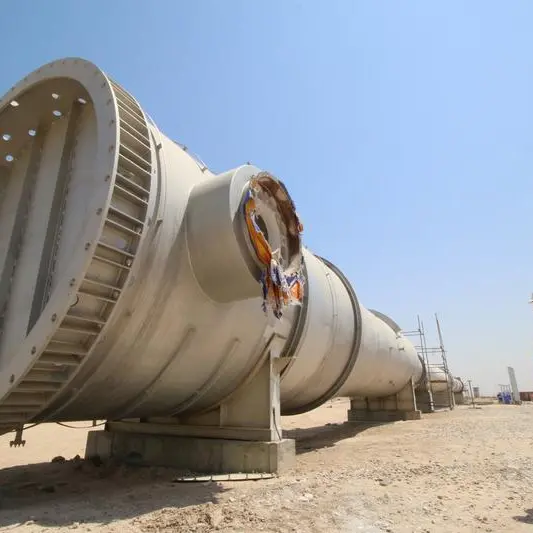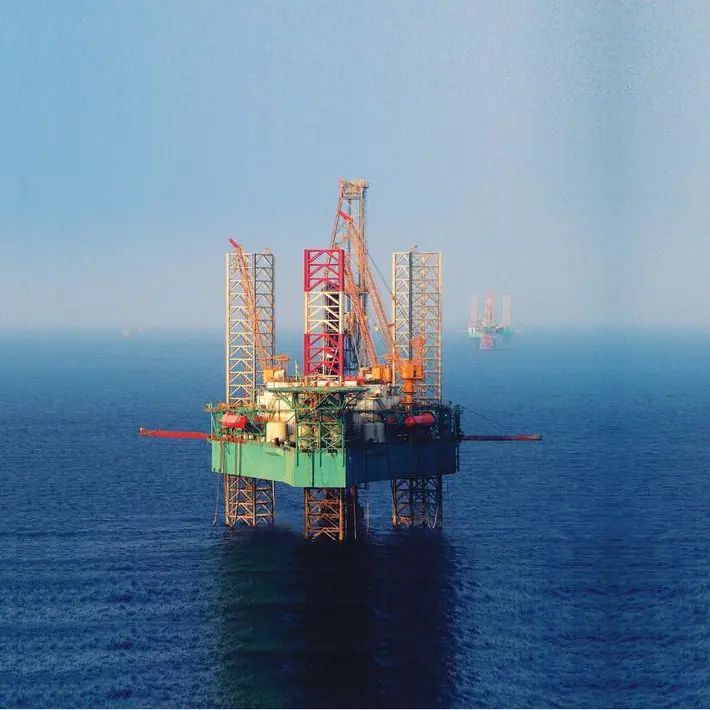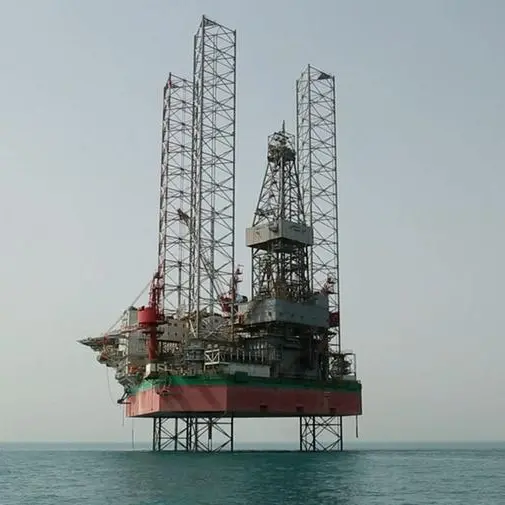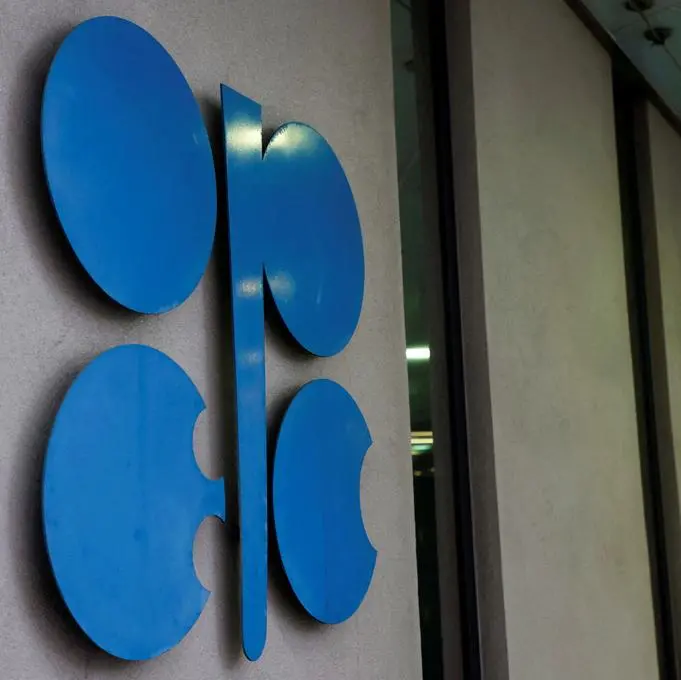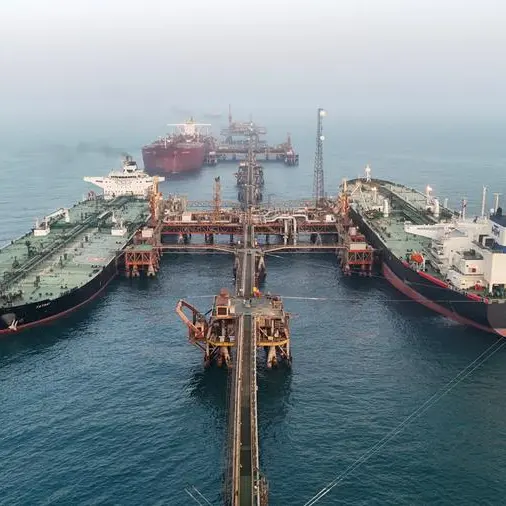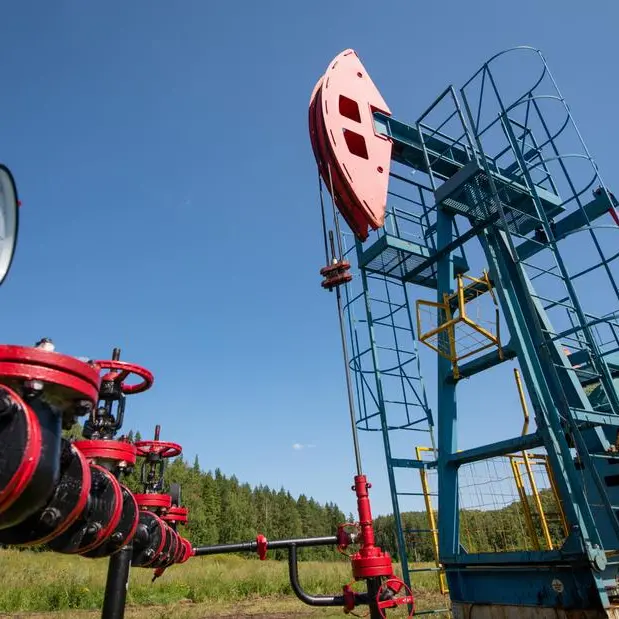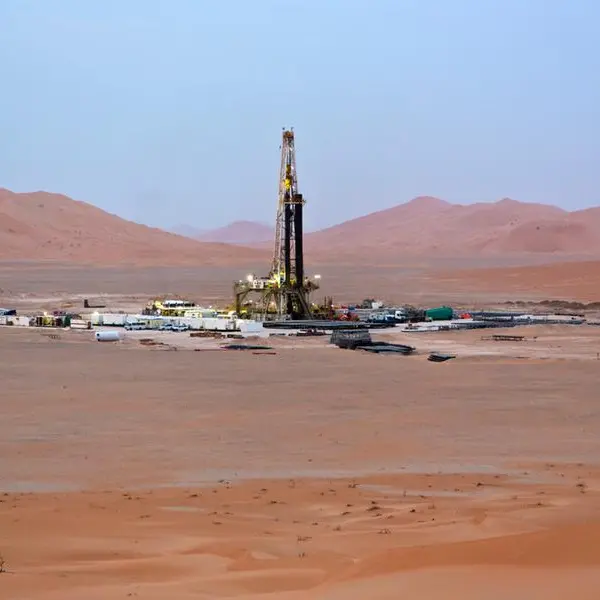PHOTO
A steady flow of finance to propel the energy transition is more important than ever to overcome arguably the worst energy crisis since the 1970s the energy crisis. While simultaneously protecting energy security and the green agenda is expensive work, it is far cheaper than the cataclysmic impact of not mitigating and adapting to climate change.
Energy companies, especially oil and gas, cannot support Net Zero goals without having far more financial support themselves, and that is a persistent missing piece.
The oil industry needs up to $12.1 trillion of investment over the next 23 years to meet demand, according to OPEC, while annual clean energy investment worldwide must triple by 2030 to at least $4 trillion to give the world a chance of meeting Net Zero emissions by 2050, the International Energy Agency (IEA) has said.
In the push for Net Zero, oil and gas are not the “bad guys.” Instead, they have been at the forefront of ensuring billions of people can turn their lights on, heat their homes and fill their petrol tanks for decades, not to mention the 6,000 everyday items that include petroleum.
Equally, one might think the flow of capital towards greener markets is far stronger, but these markets also have a long way to go. The share of green finance in the overall finance market in 2021 was just 4 percent, up from 0.1 percent in 2012 but still vastly lower than what is needed to meet Net Zero
Crucially, this is not an “and/or” conversation. All the boxes in both camps – sustaining energy security today by supporting cleaner fossil fuels while driving green innovations and markets – must be ticked simultaneously. We cannot sacrifice energy security today, for we will not reach the future. And we cannot sacrifice the climate agenda today because we will not have a secure future.
The pace of policy and regulatory changes around energy security and Net Zero means the parameters of investing in oil and gas, and even renewable energy could be entirely different in a couple of years, which means far more considerations must now be made for longer-term projects, especially in oil and gas.
Low carbon markets are not immune, either. For example, the science, economics and environmental issues surrounding battery waste are unclear, which means investing heavily in green technology today raises many questions later for financiers. Bankrolling an energy project today potentially means not realising production until 2030, with returns after that notably less appealing amid global economic strain.
Visibility
More Net Zero roadmaps are needed to give energy companies and financial institutions much-needed transparency, enabling the deployment of capital with far more confidence – and increasing the chance of repeated financings. The investment community understandably does not want to provide financial support for one road, only to find out later that the energy company has chosen another, never fully realising the return on investment (ROI) on the first one.
There are still some banks whose balance sheets are geared toward long-term projects, who are willing to embrace the potential policy and regulatory changes over a seven-to-ten-year period. We must ensure that this pool of investors remains strong.
Part of boosting visibility is putting a price on carbon to give investors and all other stakeholders an obvious metric on how to value CO2 emissions, which improves the accuracy of financial forecasts.
So far, 70 carbon pricing initiatives have been implemented worldwide. According to the World Bank, this represents 23.17 percent of global greenhouse gas (GHG) emissions, up from just two initiatives in 1991. This is relatively slow progress over the last three decades, leaving 76.83 percent of GHG emissions uncovered. The Middle East has yet to make more progress in this space, but this is now quickly changing; the UAE is expected to soon start a carbon offset trading exchange in Abu Dhabi.
Overall, more collaborative, troubleshooting engagements between energy and financial stakeholders in terms of research and knowledge-sharing would be invaluable to bolstering confidence on both sides. This saves stakeholders untold hours of guesswork – time that should be spent finding more answers as the energy-climate relentlessly ticks on. In this vein, an attitude of inclusivity and learning is crucial, rather than stakeholders penalising one another for a lack of progress or finger-pointing if investors choose to support fossil fuels.
Leading the charge
The climate agenda heralds the most significant global overhaul in modern history, putting the world on an urgently needed track for a greener, cleaner, and more profitable future. There is no doubt that achieving Net Zero by 2050 is an enormous task that will change how we produce, consume, store, transport and market more types of energy than the world has ever managed; so much so that no one on the planet can yet fully understand the magnitude of what is required.
The UAE is already striding ahead, being the first nation in the Middle East and North Africa (MENA) to set such a 2050 Net Zero target, hosting COP28 in ten months and planning to invest $163 billion in clean and renewable energy sources over the next 30 years.
OPEC’s third largest producer is also building the world’s largest solar plant with a total capacity of 2 gigawatts (GW) in Abu Dhabi, with the country being host to some of the world’s largest and most competitively priced projects worldwide – helping spur the 80 percent reduction in the global price of solar since 2010. The UAE also recently signed a $100 billion deal with the US, the world’s biggest economy, to develop 100GW of clean energy globally by 2035.
(The author is Senior Vice President, Energy Sector, Mashreq Bank. Any opinions expressed in this article are the author’s own)
